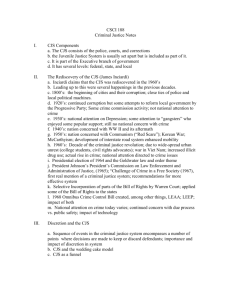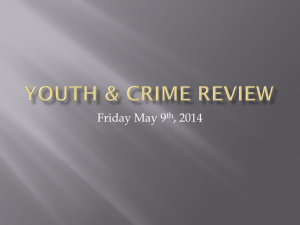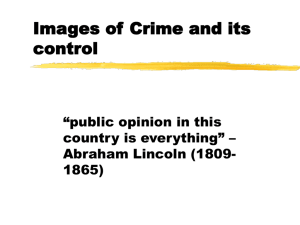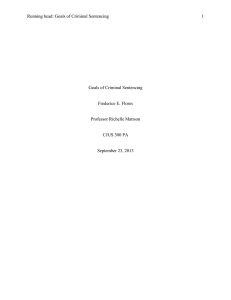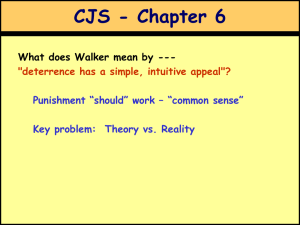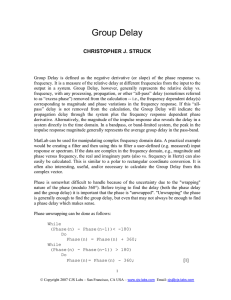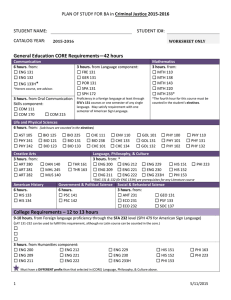Criminal Justice Unit 1 Crime and Criminal Justice
advertisement
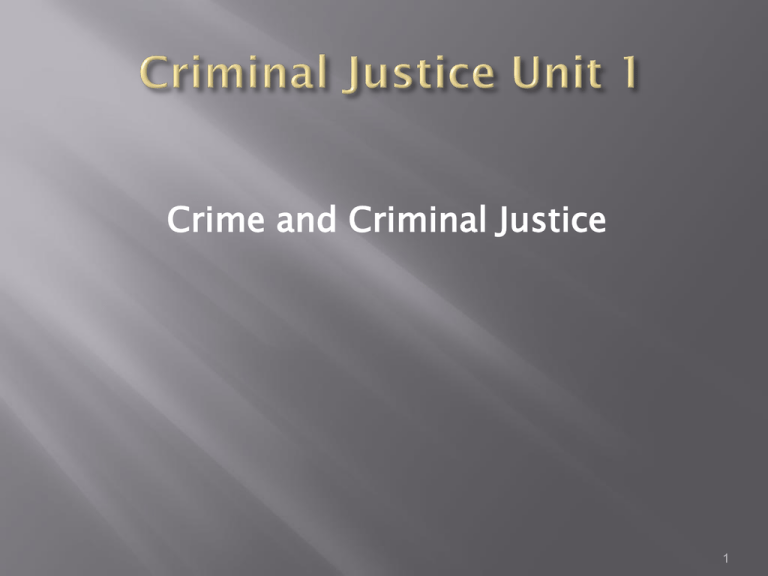
Crime and Criminal Justice 1 Is like a pendulum, it swings from less rights for people to more rights for people based on the attitudes of society 2 THREE COMPONENTS 1) police: maintain order, enforce criminal law 2) Courts: determines if laws have been broken and what punishment is necessary 3) Corrections: they remove offenders from society or try to rehabilitate the anti social behavior 3 Is designed to control, manage, restrain or direct the behavior of society This is accomplished by: creating, interpreting, and enforcing laws and punishing law breakers 4 All three branches of Government are involved with CJS Legislative: creates the law, and provides funding Executive: gives law enforcement the authority to make arrests Judicial: interprets the law and provides the jurisdiction to hear cases 5 We spend over $212 billion dollars a year Employs over 2.3 million people Over 7 million people are controlled by the CJS in one way or another With about 2 million behind bars 6 Explains how the number of crimes committed compared to the number of arrests and finally the number of people under control of the CJS 7 8 Divides the CJS into 4 layers that demonstrates how the CJS uses its resources Top layer: celebrated cases, these cases get most of the attention from the CJS and get the best resources available ex. Aaron Hernadez, George Zimmerman, Serial Killers Second layer: serious felonies such as: murder, rape or robberies and burglaries committed by experienced offenders 9 Third layer: less serious felonies, committed by first time offenders or involving people who know each other Fourth Layer: misdemeanors, small crimes handled by the lower courts, little attention is given to this layer but is the largest number of crimes 10 11 Many different philosophies or beliefs (perspectives) are held about how to control crime and keep our streets safe 12 Crime control: protection of society should be done through harsh punishments that act as a deterrent to crime Believes criminals make a decision to commit crime based on a risk reward system Criminals have to believe they will be swiftly caught and harshly punished to be an effective deterrent 13 Rehabilitation: sees crime as an expression of frustration and anger created by social inequality that can be controlled by giving people the means to improve their life, they feel the criminals are the victims and they need to be treated not just locked away. They need to be shown another way to support them selves so they can become productive members of our society 14 Due Process: emphasizes individual rights and constitutional safeguards against arbitrary or unfair judicial or administrative proceeding CJS must provide fair and equal treatment for all accused of crimes They would rather have a guilty person go free than to violate individuals rights 15 Nonintervention: believes that justice agencies should limit their involvement with criminal defendants They feel once someone is labeled as a criminal they will live up to that label They feel victimless crimes should be legalized, nonviolent offenders should be removed from prisons and given treatment 16 Justice: all people should receive the same treatment, discretion should be removed from courts and everyone gets the same sentence for the same crime Truth in Sentencing Laws, mandatory sentencing for crimes 17 Restorative Justice: purpose of justice is to restore offenders back into society through reconciliation rather than punishment The criminal and the victim should get together so the offender can make amends and then reenter into society 18 Ethics are so important in the CJS because they can deprive you of life and liberty 19
